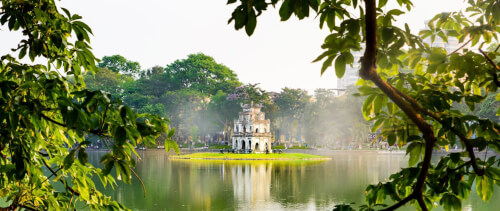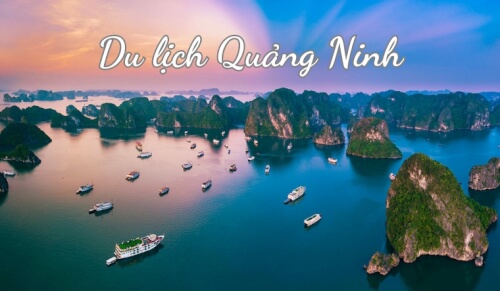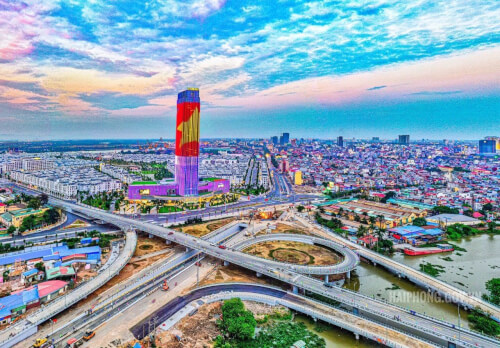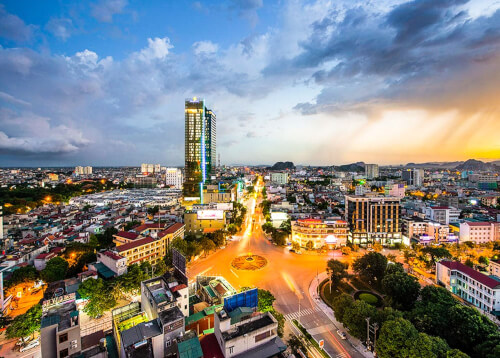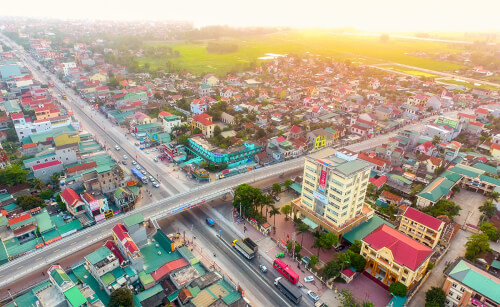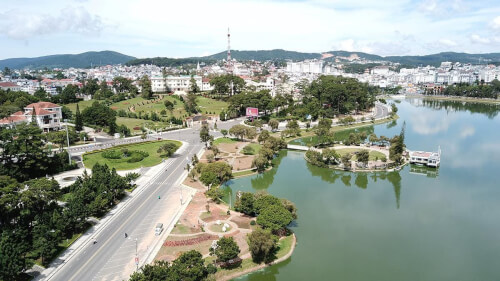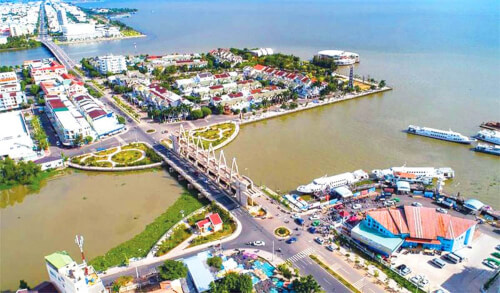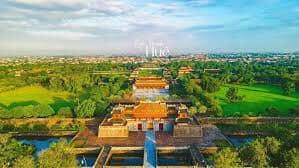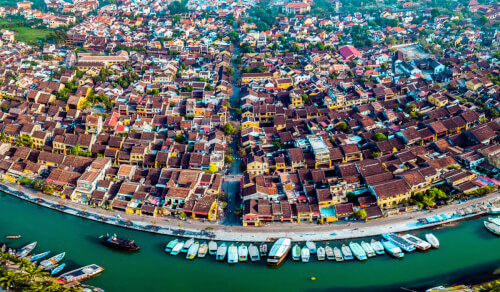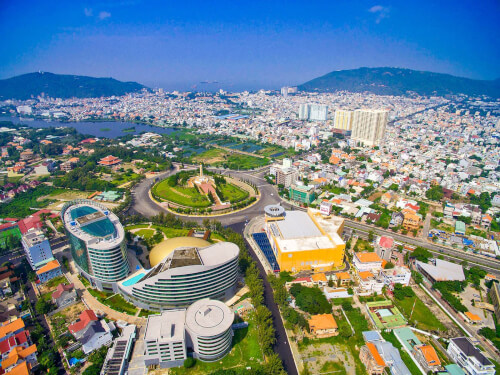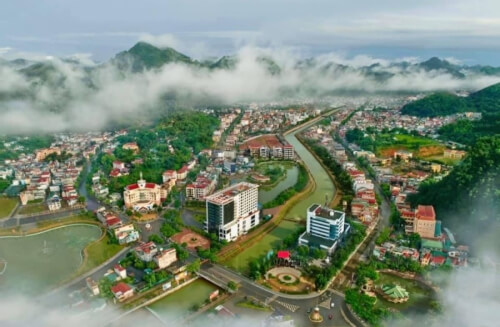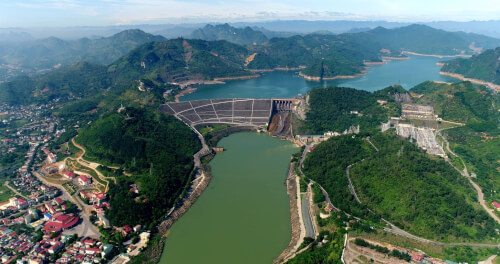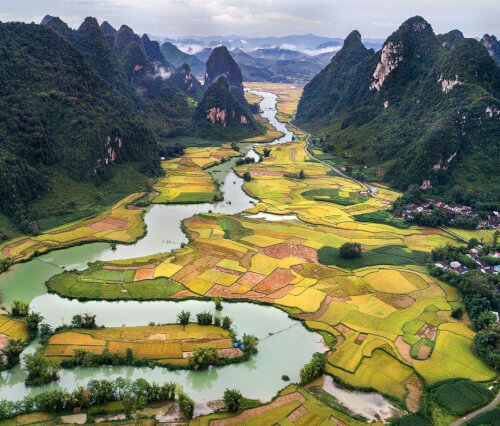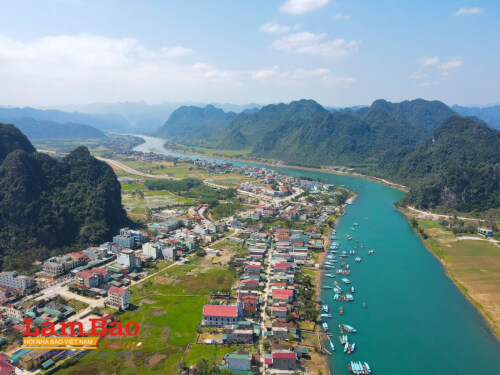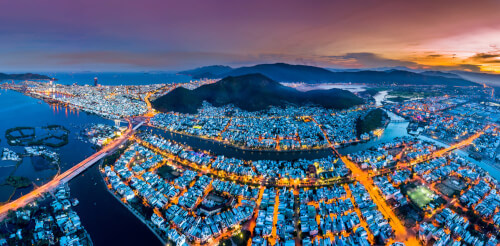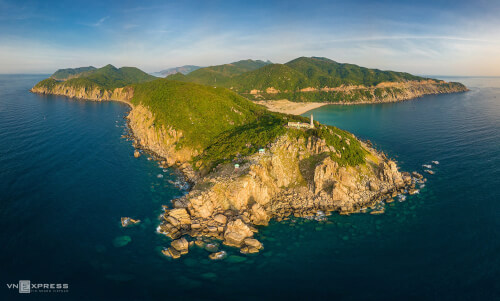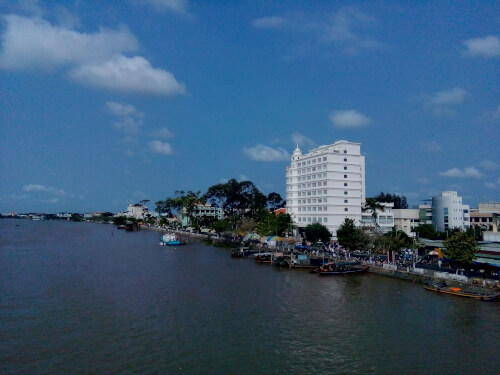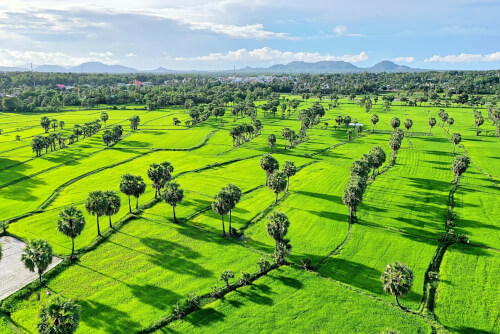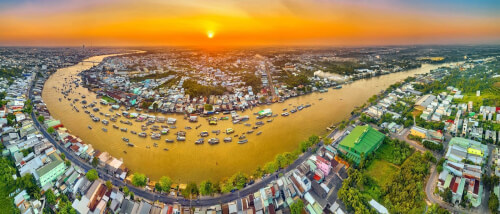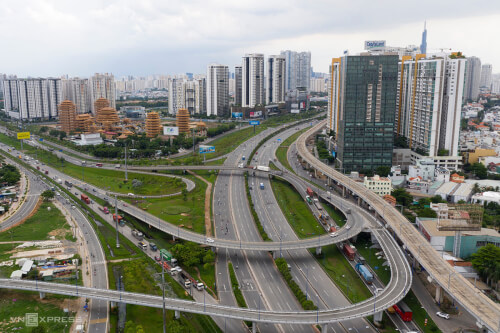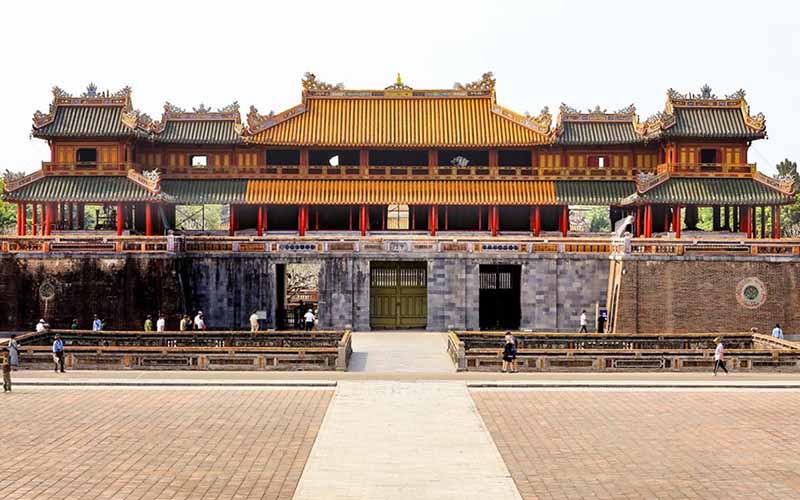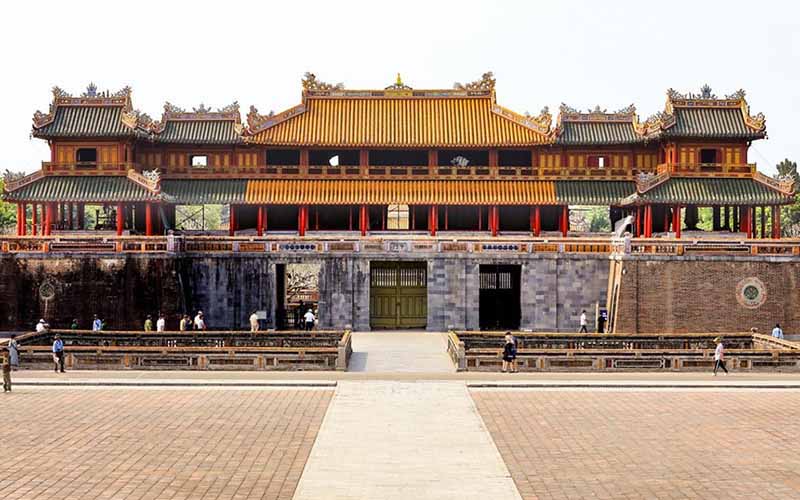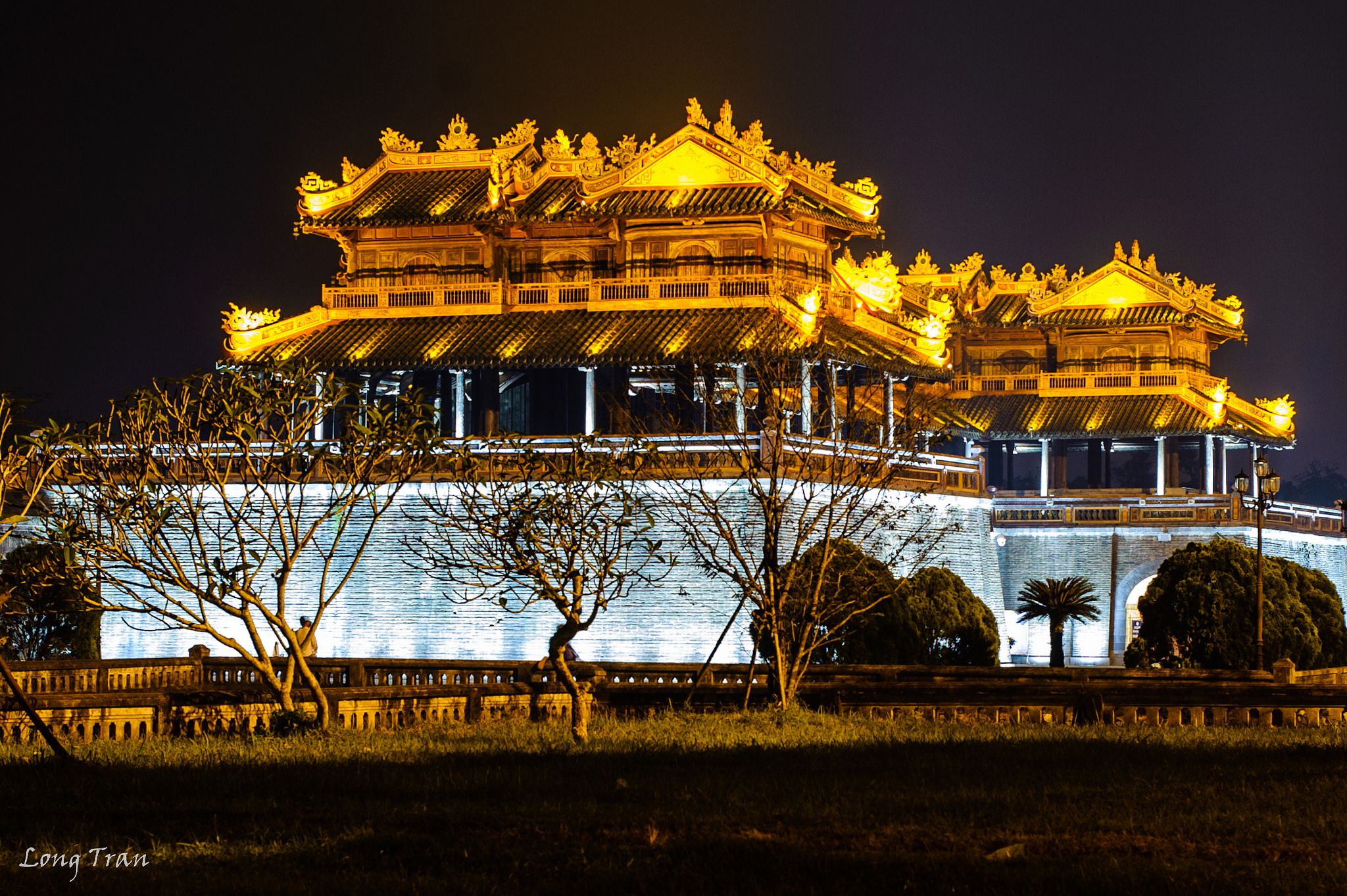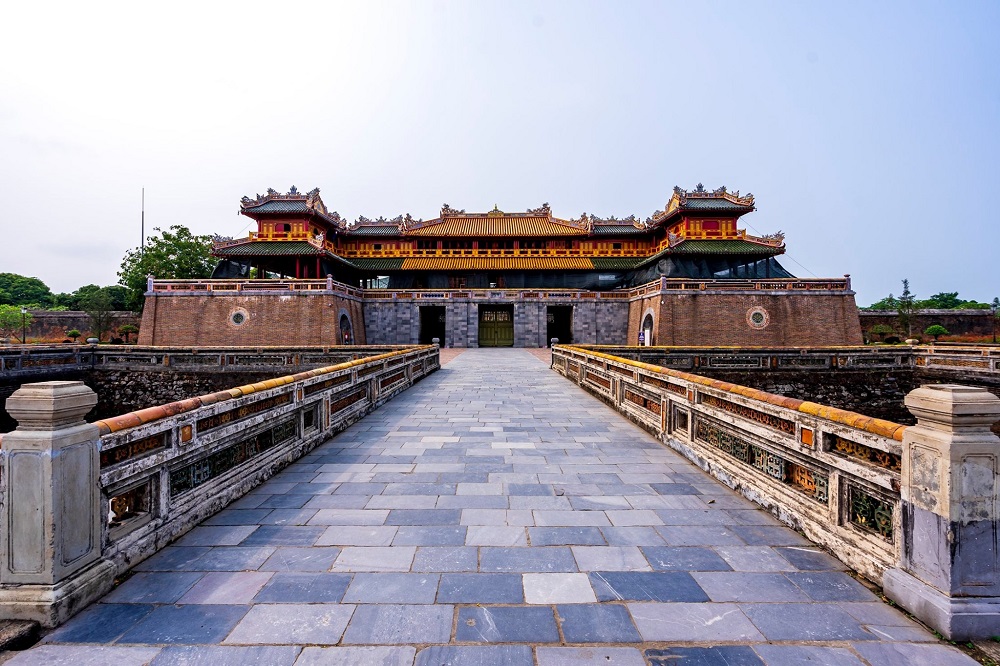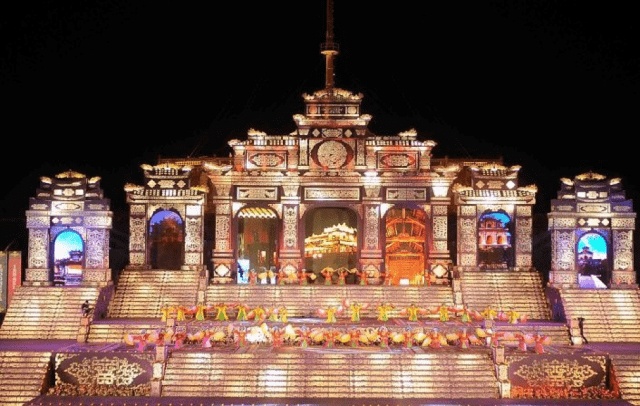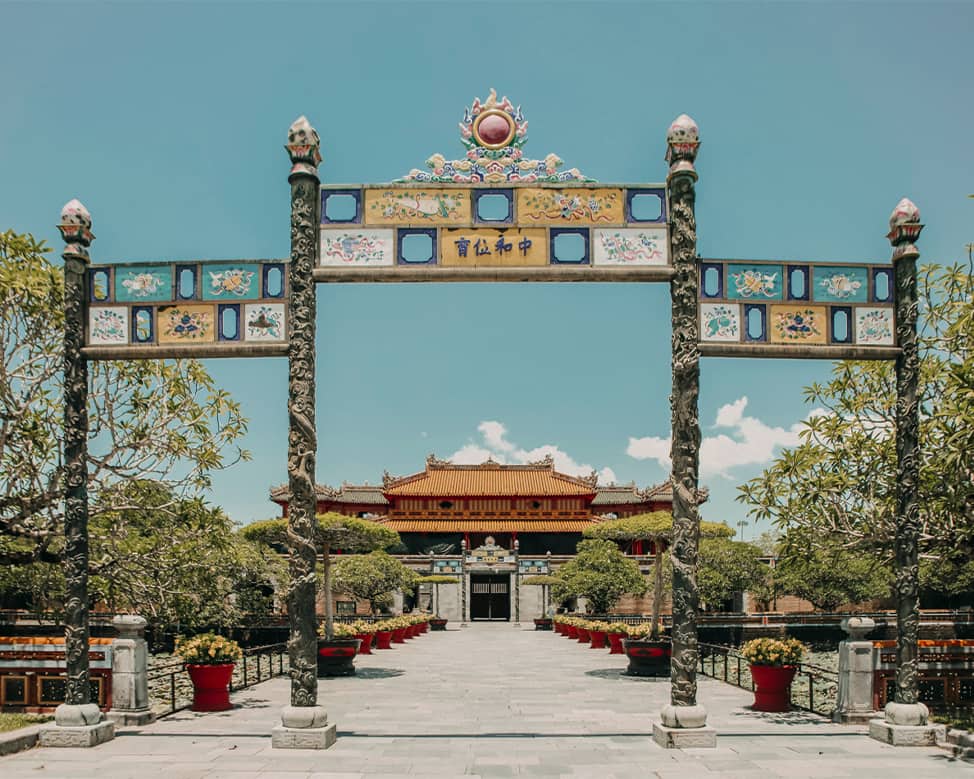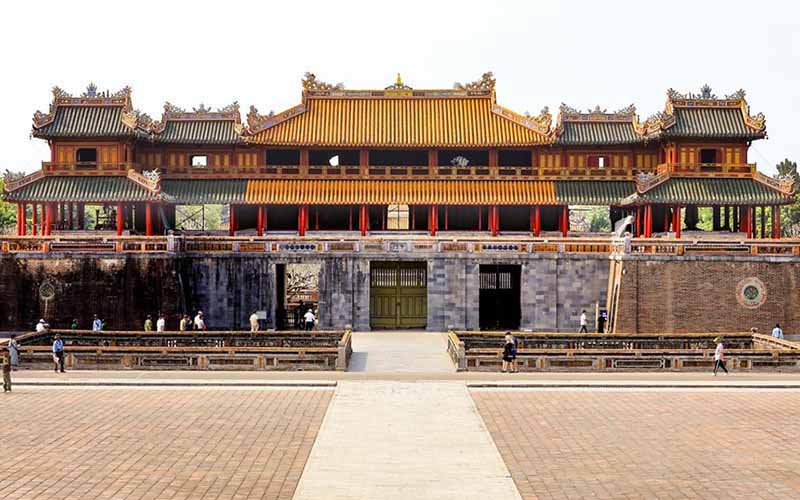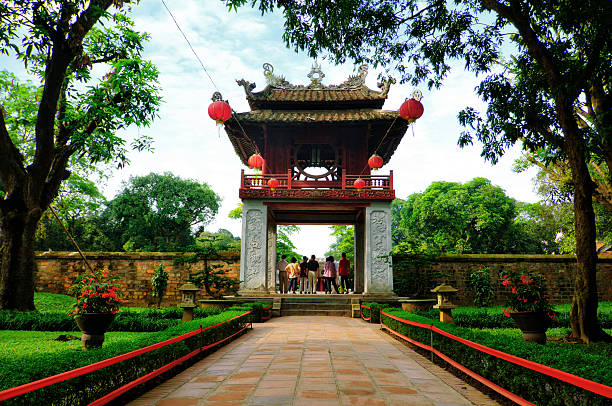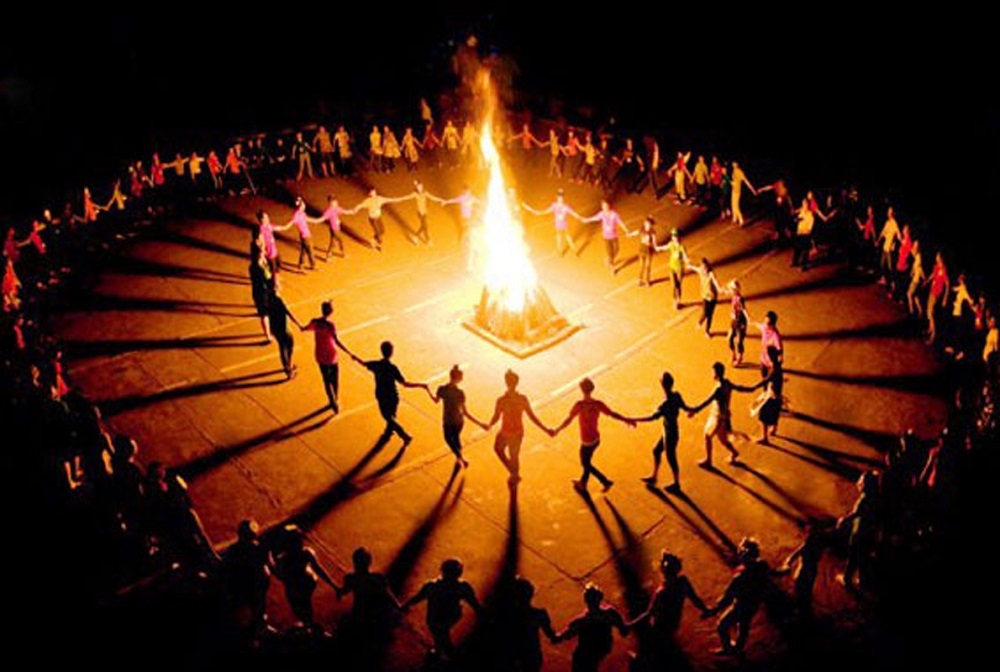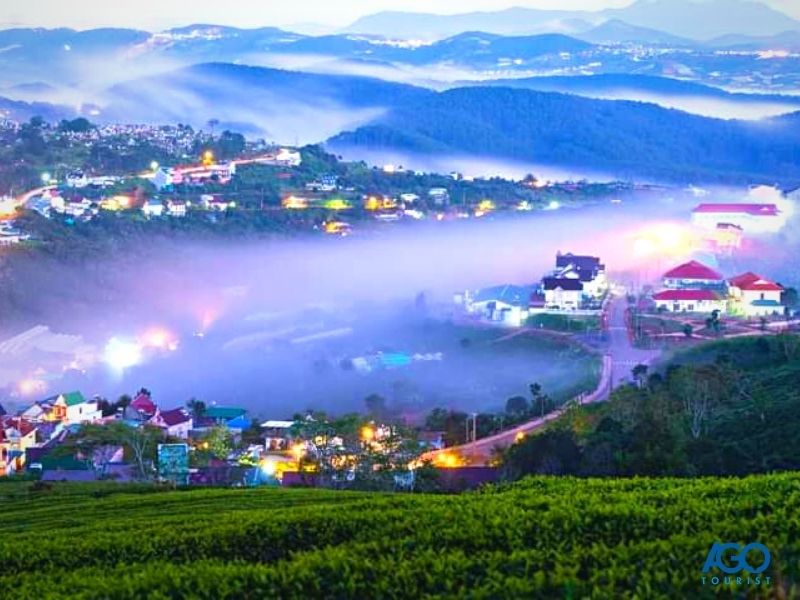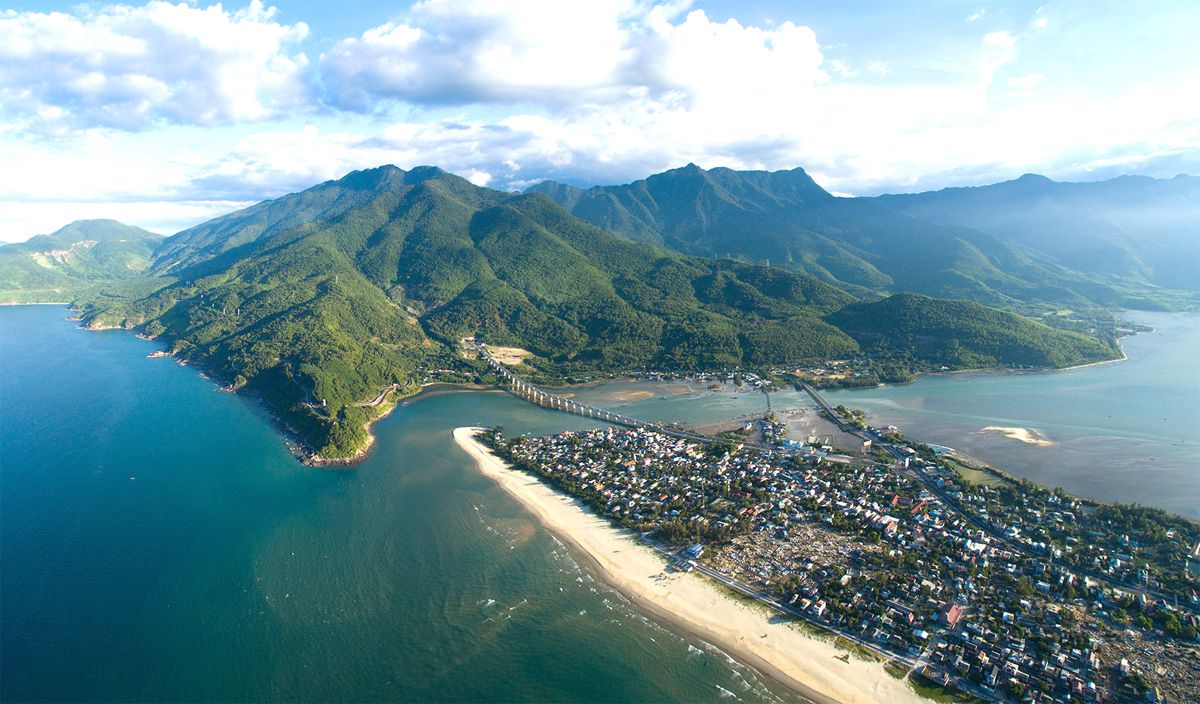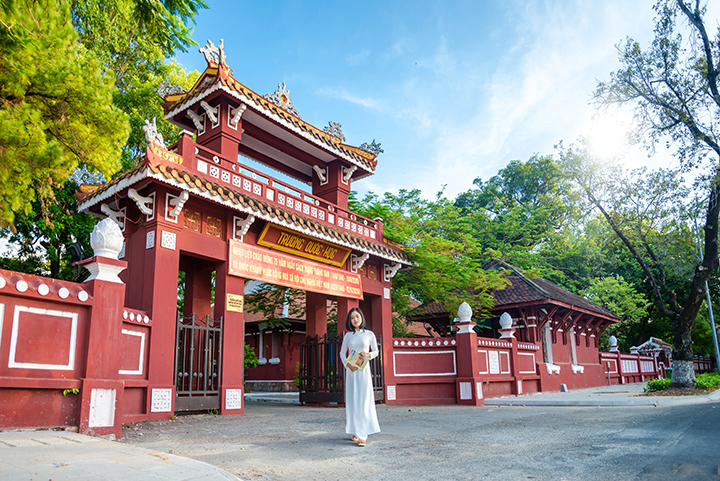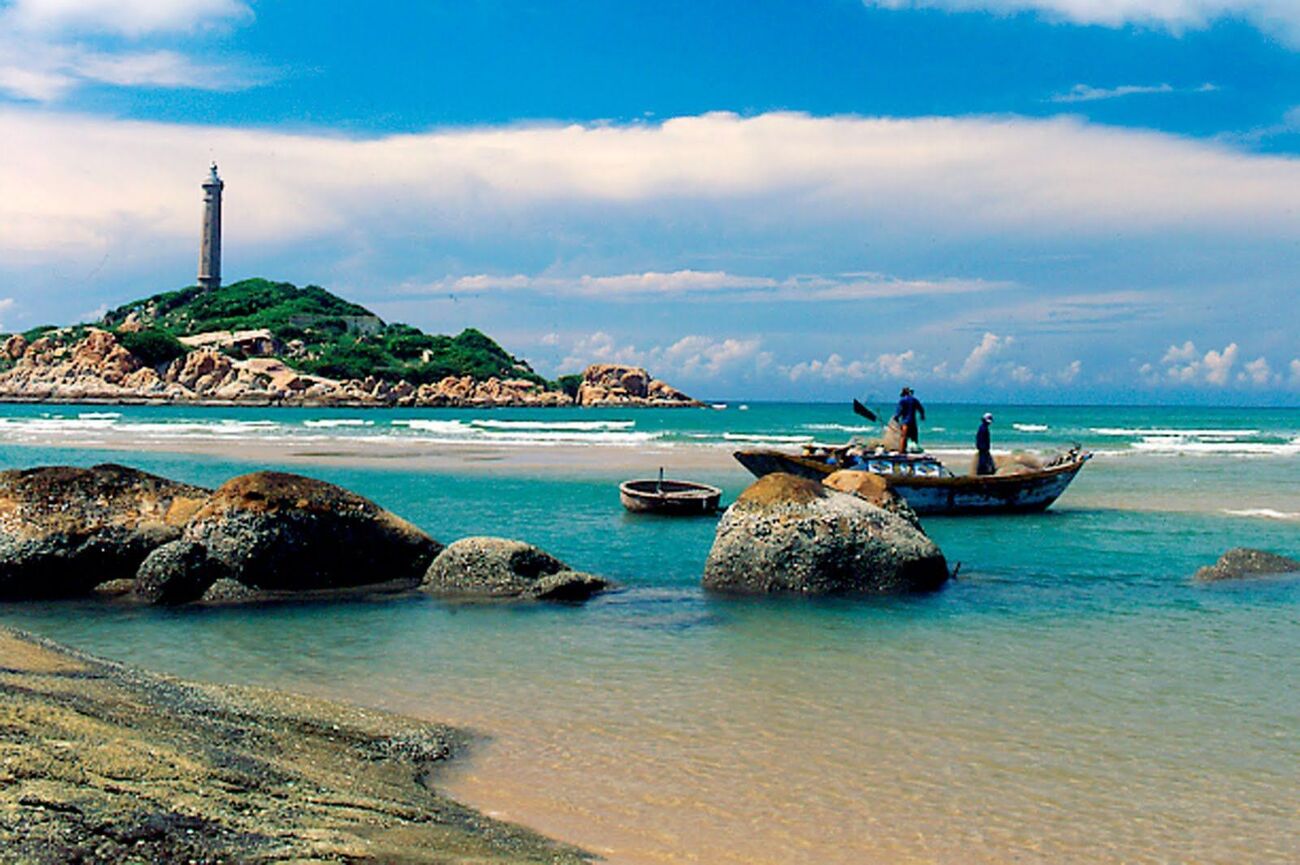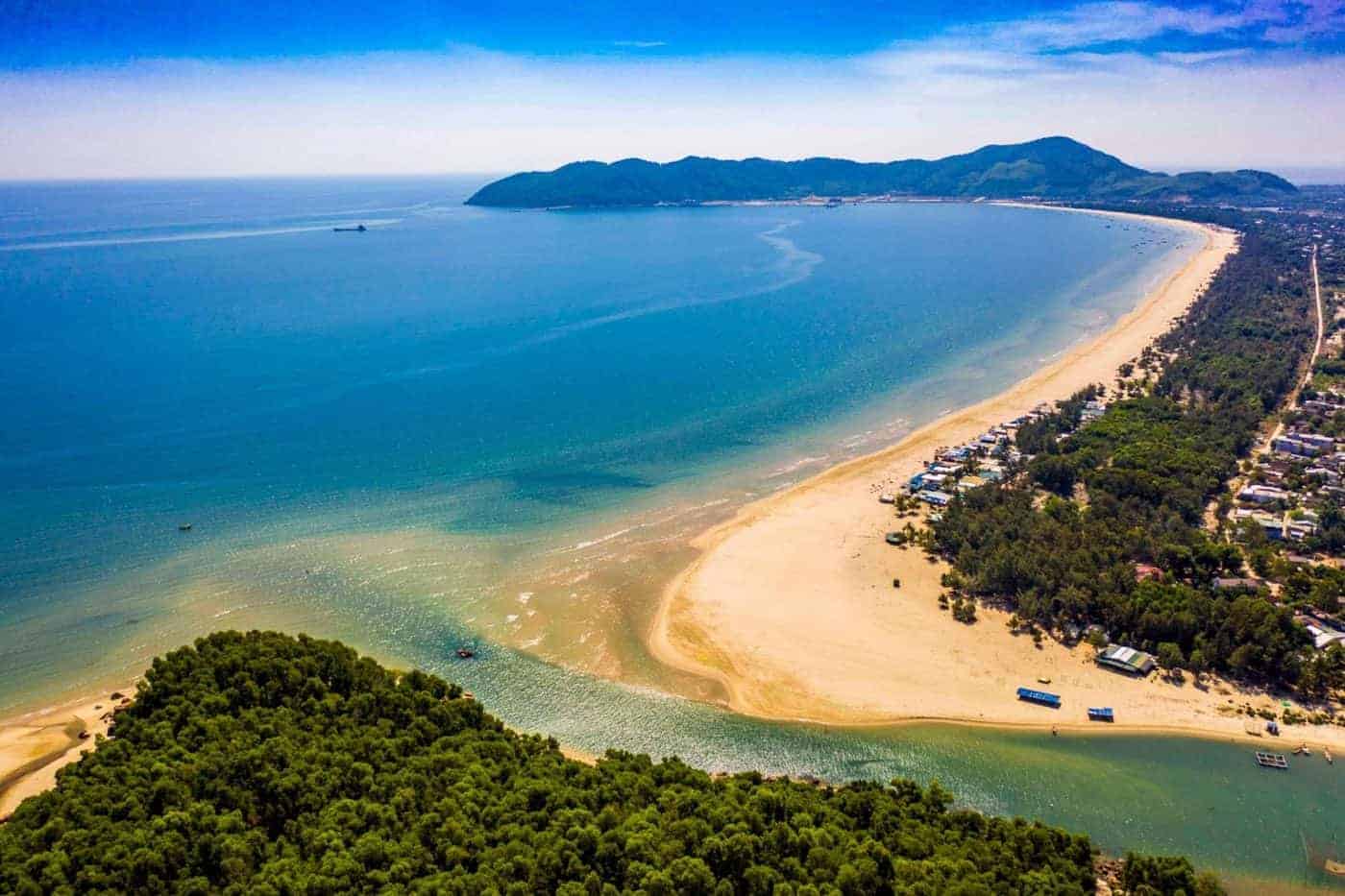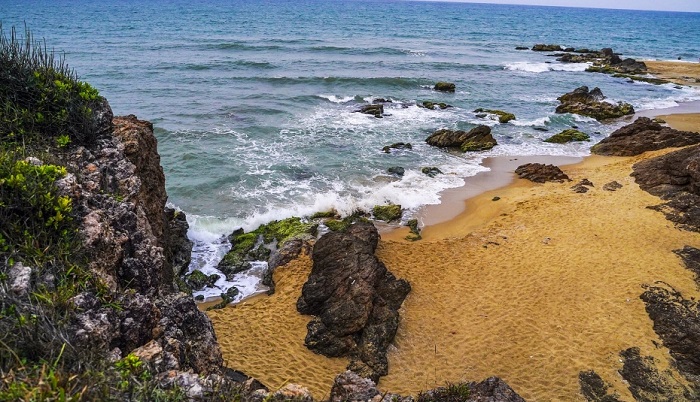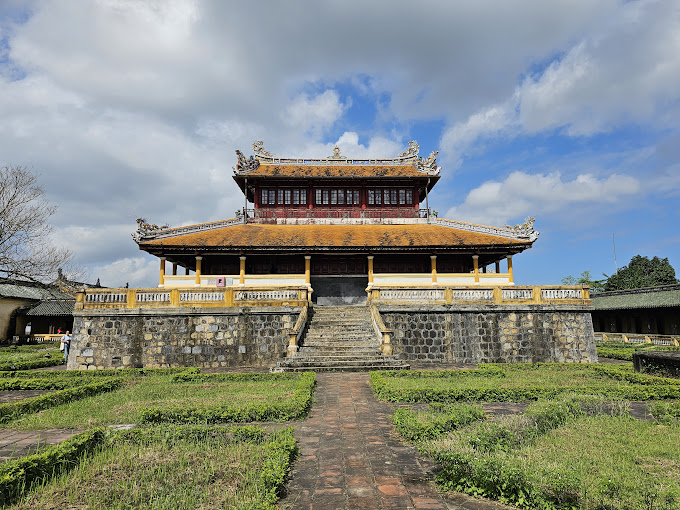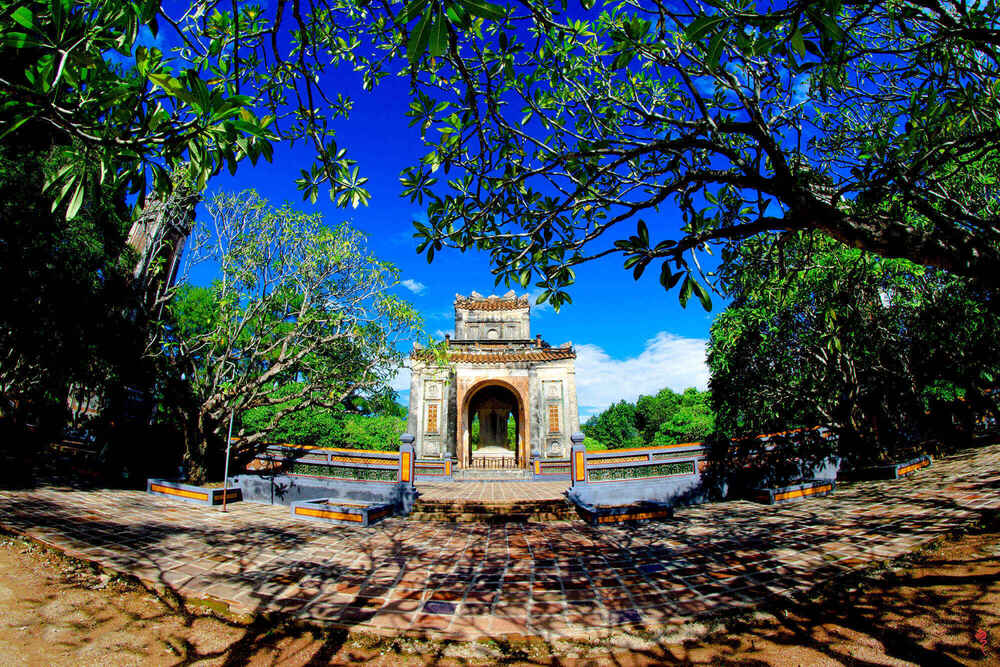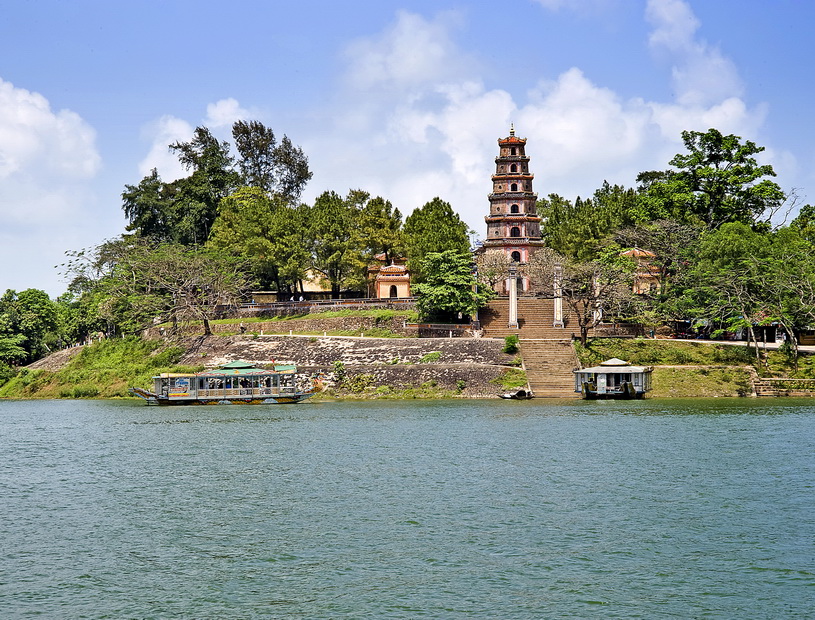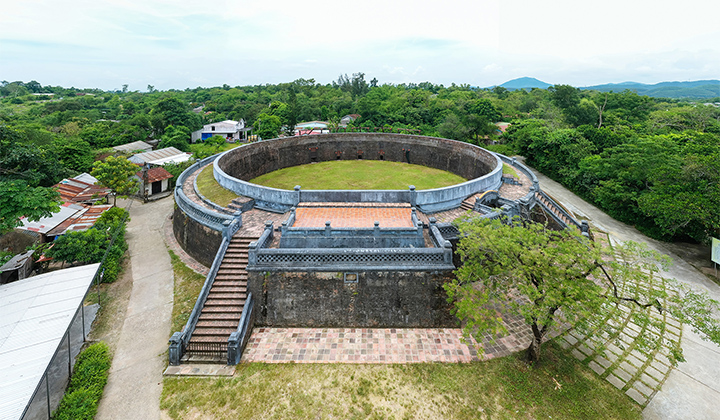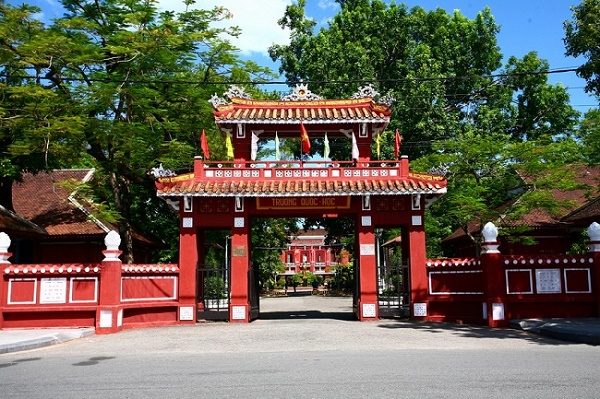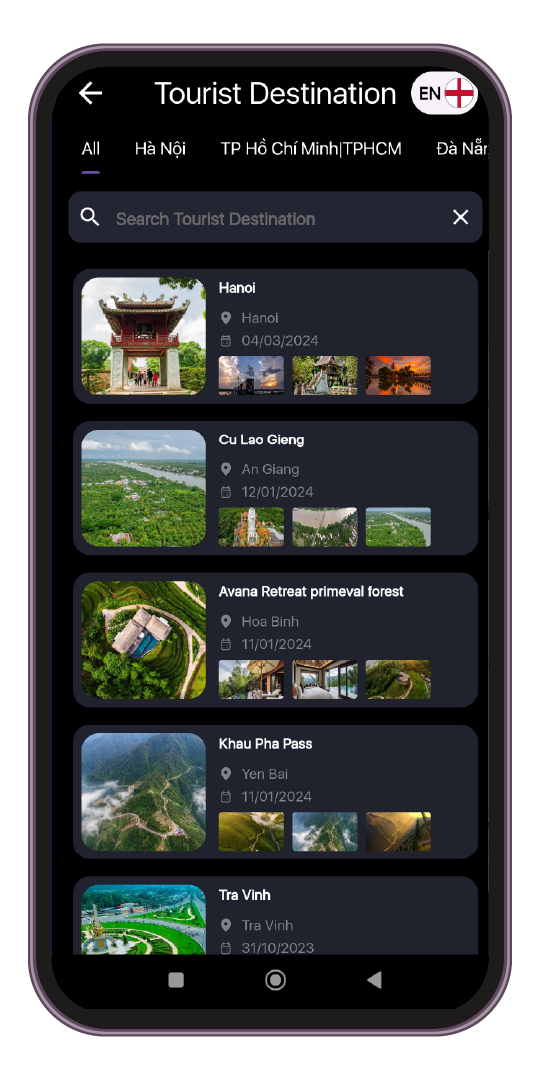Hue Citadel is part of the Hue Monuments Complex, imbued with cultural, historical and architectural imprints of the Nguyen Dynasty, recognized by UNESCO as a world cultural heritage in 1993. Located on the banks of the Perfume River, Hue Citadel is one of the relics belonging to the Hue Monuments Complex group recognized as a World Cultural Heritage and still retains many unique traces of feudalism. Nguyen Dynasty hundreds of years ago. Hue Citadel is a cluster of relics including the Imperial Citadel (where the king held court and worked) and the Forbidden City (where the king and royal family lived). As the most massive project in Vietnamese history, Hue Citadel Monuments had a construction process lasting up to 30 years with tens of thousands of construction workers and a series of jobs such as filling rivers, digging trenches, building citadels, moving graves... with huge volumes of rock and soil up to millions of cubic meters. Visiting the Hue Citadel relic complex, you will admire hundreds of magnificent palaces, majestic temples and shrines. With its magnificent beauty and stunning palace architecture, you will definitely enjoy your journey to visit the Citadel. Hue Imperial Citadel includes many areas such as defense area, ceremony area, shrine area,... placed in the middle of a beautiful and harmonious natural space of lakes, flower gardens, stone bridges, and islands. The island and the green trees provide shade. The Imperial Citadel has 4 gates placed on 4 sides, of which the largest main gate and the most beautiful architecture is Ngo Mon gate. Ngo Mon Gate looks south of the capital and looks out to the romantic Perfume River. Ngo Mon Gate has 5 gates, of which the main gate in the middle was once the gate for the king, the two side gates were for civil and martial mandarins, and the two surrounding gates were for soldiers, elephants, and horses to follow. Built above the gate is the Ngu Phung Floor with ironwood structure, divided into 2 floors and 9 sets of roofs, the middle roof is covered with yellow roofs, the remaining 8 are covered with green roofs. Previously, Ngu Phung Floor was the place where a number of major ceremonies of the Nguyen Dynasty were held. After nearly 2 centuries and witnessing many important historical events of the nation, Ngo Mon Gate still exists over time and has become an excellent ancient architectural masterpiece! Thai Hoa Palace is a symbol of the power of the Nguyen Dynasty. Located in the Imperial Citadel area, Thai Hoa Palace and Dai Trieu Nghi Yard used to be the place where important court meetings took place. Among the many palaces in the Imperial Citadel of Hue, Dien Tho Palace is the largest palace architectural system in Hue remaining today. This place used to be the residence of the Queen Mother and the Queen Mother. Also belonging to the Hue ancient relic complex and located in the Imperial City area, the Forbidden City was the living place of the king as well as the Nguyen Dynasty. In the Forbidden City, there are more than 50 architectural works of various scales, typically including Can Chanh Palace (where the king held court and banquets), Can Thanh Palace (where the king slept), Thai Binh Lau (where the king relaxes and reads books), Ta Vu & Huu Vu,... When visiting Hue Citadel, you can also participate in the Royal Palace Night held periodically every Saturday. On the night the Royal Palace is filled with light, ancient royal rituals will be recreated authentically and unique cultural and artistic activities will also take place. This will be an extremely interesting highlight for your journey to explore Hue Citadel! More specifically, the Hue Citadel recently officially opened to welcome visitors at night from 7:00 p.m. to 10:00 p.m. and this is an opportunity for you to visit and learn about the Citadel as well as "own" beautiful photos. next to the brilliant works, shimmering lights.
Hue 2094 view March to August
Ngày cập nhật : 15/03/2023

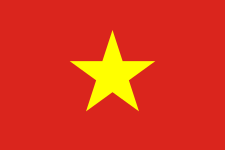 vn
vn en
en ja
ja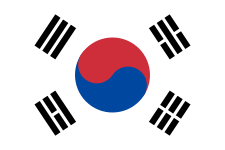 ko
ko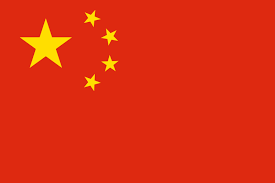 zh
zh


















